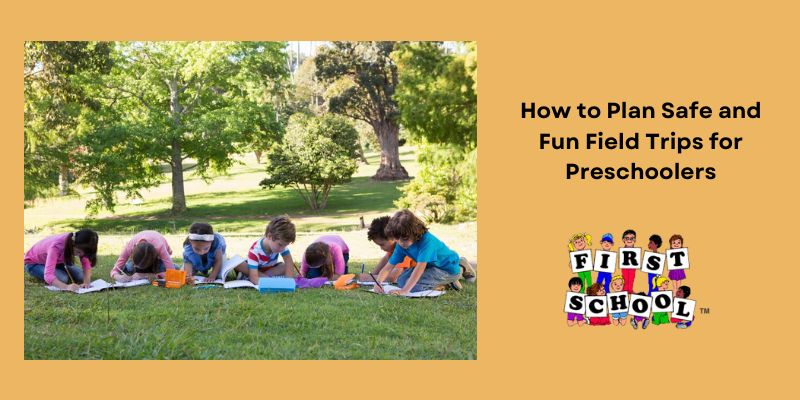



For preschoolers, every outing is a grand adventure, one filled with wide-eyed wonder, endless questions, and tiny hands eager to explore the world. Field trips are more than just a break from the classroom, they’re rich, real-world learning experiences that help little learners make sense of what they’ve been taught. But to turn these excursions into memorable (and safe) journeys, thoughtful planning is key.
Explore the key steps to organizing preschool field trips that are both joyful and safe.
The best field trip venues for preschoolers are designed with young children in mind. Think interactive children’s museums, nature centers, pumpkin patches, petting zoos, or even a visit to the local fire station.
Before booking, consider these safety-focused questions:
A quick call to the venue can give you peace of mind and maybe even some insider tips for a smoother visit.
When it comes to preschoolers, preparation isn’t optional, it’s essential. Having a checklist makes sure nothing slips through the cracks on the big day.
Here’s a smart list to start with:
Having these items ready beforehand keeps things running smoothly and helps you respond quickly to any surprises.
Little ones need lots of supervision, especially when the excitement of a field trip sets in. Keep your adult-to-child ratio low to ensure every child is accounted for and well-supported.
Best practices:
A smaller group per adult means fewer distractions and more attention where it matters.
Safety doesn’t have to be boring, it can be part of the fun! Pairing children up into buddy groups helps them feel responsible for one another. It also reduces the chances of a child wandering off unnoticed.
Try these simple tricks:
Bright clothing and group identity help you keep an eye on everyone, even in busy places.
Before the trip, set expectations with a few simple rules that kids can remember and follow.
Examples:
Reinforce these with a quick role-play or storytelling session so kids know what to do in unfamiliar settings. Turn it into a game or song to make learning the rules more fun and memorable.
When you’re out and about with preschoolers, even a small scrape can feel like a big deal. Be ready with a labeled first aid kit containing bandages, antiseptic wipes, and any specific items for known allergies or conditions.
Make sure:
A little preparedness goes a long way in keeping calm during unexpected moments.
No one likes to think of worst-case scenarios, but having a plan is what makes a great field trip safe and stress-free.
Tips for readiness:
Confidence comes from knowing everyone is ready to act if needed.
Getting to and from the destination safely is just as important as the trip itself. Always choose a licensed and insured transportation provider, and don’t skip seat checks.
Key points:
Safe transportation sets the tone for the rest of the day.
When field trips are planned with care, they open doors to learning that no classroom wall can contain. The key is balancing fun with thoughtful preparation. With the right safety strategies in place, every adventure becomes a meaningful, worry-free experience for both kids and caregivers.
At First School, we believe learning goes beyond the classroom. Our carefully planned field trips spark imagination, encourage exploration, and build real-world connections, all while prioritizing your child’s safety.
Want to know how we make learning fun and secure every step of the way? Reach out to us today!